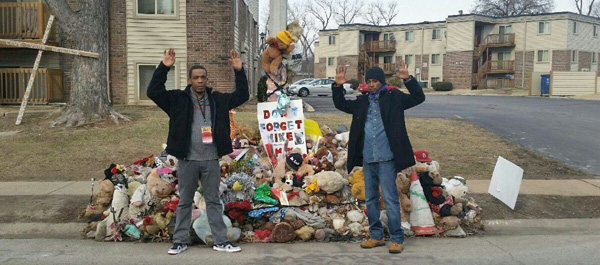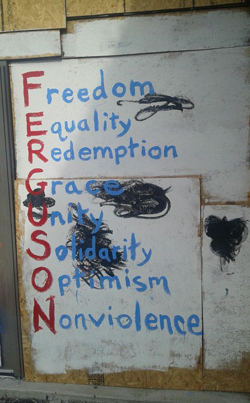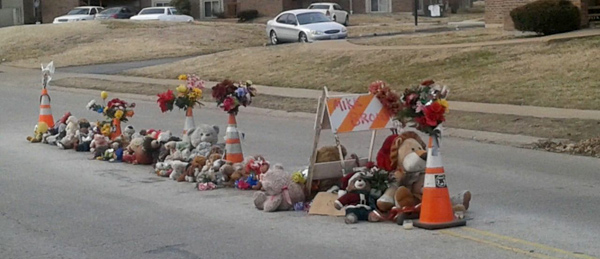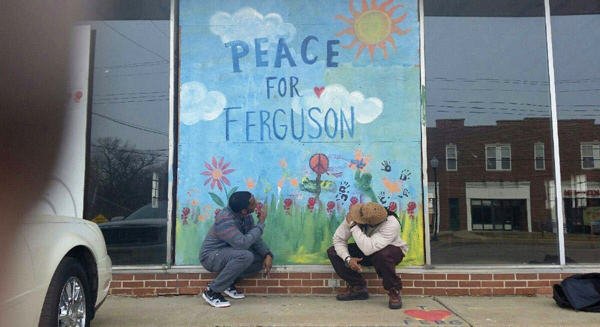Reflections on Ferguson
March 25, 2015
I was happy to be chosen as one of the 1199SEIU delegates to attend the SEIU IGNITE conference in St. Louis, Mo., from March 7 to 10.
The conference was inspiring. It was great to be one of the 1,000 SEIU activists who came together to demand a better today and a brighter tomorrow. But before, during and after the conference, I felt a shadow hanging over me.
It was the shadow of Ferguson, Mo. During the drive down from Brooklyn to St. Louis, Adekemi Gray, my contract administrator, and I agreed that we could not go to St. Louis without at least stopping in Ferguson, about a 16-minute drive from the site of the conference.
After all, since the killing of Michael Brown last August, the city had become a symbol of so much that is wrong in our nation. And for a young African-American such as myself, the confrontation that led to the taking of Michael Brown’s life reminded me of the stops that I and so many brothers have endured over the years. I don’t even want to try to count the number of times I’ve been stopped in Brooklyn.
When we finally arrived in Ferguson, after hours on the road, we noticed that so many of the stores and storefronts were boarded up. The town clearly was in bad shape. It looked as if it had been turned upside down.
We slowed down when we approached Canfield Drive, where Michael was killed out of respect. It seemed as if the only store left standing is the one that Michael Brown allegedly shoplifted from. Armed police were still protecting it.
We parked near the Canfield Garden Apartments and we approached the memorial, which marks the spot where Michael breathed his final breath. The surrounding buildings reminded me of the New York City public housing, which we call “the projects.” We noticed traces of Michael’s blood in the street.
We also noticed that the local police were following us. We weren’t surprised. But seeing the police strengthened the ominous feeling I had from the first moment we entered the town. I often feel tension at home, but what I felt in Ferguson was different, even more ominous.
Like everyone else in the country, Ferguson had been a place on my TV screen. Yes, an innocent young brother had been killed there. But actually standing where “Mike Mike” – as his family and friends called him – had been shot to death made it far more real.
As we left Ferguson, the question I asked myself was, why would people burn down buildings in their own community? Their own stuff?
I don’t have an answer. Maybe the findings by the U.S. Justice Department of the brutal and systematic discrimination against the citizens of Ferguson by the police and the courts help to answer the question. Attorney General Eric Holder said he found “a highly toxic environment, defined by mistrust and resentment, stoked by years of bad feelings, and spurred by illegal and misguided practices.”
That may not be justification, but it certainly helps to explain the huge distance between the people and those who are paid to protect them. It helps to explain what happened in Ferguson. And being there and later attending the IGNITE conference helped me to understand what’s happening to our youth and poor and working people in our country.





